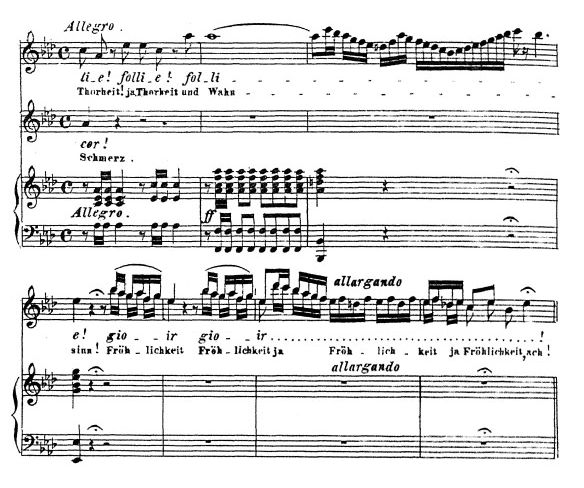
Chest Voice . . . What Is It?
Chest Voice? What is it?
Is it a voice that is somehow in the chest? Nope. The sound or texture that is associated with chest voice is still produced by muscles (arytenoids and vocal cords) located in the laryngeal area in the throat. However, there are sensations in the general area of the chest cavity that gave rise to the term.
The chest voice is a texture of sound produced when the arytenoid muscle system is mostly isolated. The “chest voice” is found or can be accessed when one sings at the bottom of the range, uses an increased volume, and forms a good [ah] vowel. One might think of chest voice as being the basement of our vocal home. It is a necessary part of our home as it hopefully includes the foundation, but it is not a part of the house that you would live in for extended periods of time!
Now, as the chest voice or closer muscle starts to coordinate with the falsetto voice or stretcher muscle, there is a different texture of sound produced called the full voice. We think of it like coming up the steps and going from the basement through the foundation area to the first floor. We feel we are standing above ground, sturdy and safe.
The characteristics of a chest voice that has not been coordinated yet are feelings of being a bit wild, gruff, raw, loud, buzzy, deep & heavy. There might also be feelings of scratchiness if overused, sometimes constrictive if weak or damaged.
When the closer muscle does begin to coordinate, the textural qualities are transformed; tame and powerful without overloading the vocal system. For we do not want excessive size and weight to cause the cords to buckle and open under force.
The closer muscle is responsible:
- for keeping the cords thick at the bottom of the range so as to make sure the cords are the right size for producing low pitches,
- for volume as it is used to increase mass because more mass equals more intensity,
- for vowel definition as it causes the cords to form those certain shapes,
- for closing the cords and checking the flow of air so no leaking,
- for closing the cords as one sings higher, and
- for combining with the stretcher muscle in certain ways using volume and vowel so as to develop and strengthen that muscle, like adding weight to a workout to build muscle.
about the author
Allen Rascoe Allen has been enjoying singing since he was a little kid. He officially studied voice at ECU and USC. However, he ran... Read More

RECENT ARTICLES
-

Career Your Opportunities for a Fulfilling Career in Singing
-

Basic Skills, Beginners, Tips Tips To Improve Your Singing Voice
-

Exercises, Warmups 10 Vocal Warm-ups to Change the Way You Sing
-

Basic Skills, Beginners, Exercises, Songs, Voice Teachers, Warmups What is My Vocal Range – Identify, Master and Expand Your Range
RECENT IN KNOWLEDGE
Recent Topics
- Beginning Voice Lessons (1)
- Breathing Techniques (1)
- Confidence (1)
- Experienced Teacher (1)
- Kids Singing Lessons (1)
- Musical Career (1)
- Practice (1)
- Private Lessons (1)
- Professional Singer (2)
- Sing (1)
- Singing Teachers (2)
- Style (1)
- Teach Online (1)
- Vocal Exercises (1)
- Vocal Health (1)
- Vocal Music (1)
- Vocal Pitch (3)
- Vocal Range (4)
- Voice Coach (1)
- Voice Exercises (2)
- Voice Training (4)
- Young Vocalist (1)
Categories
- Basic Skills (7)
- Beginners (8)
- Career (2)
- CCM (1)
- Contemporary Commercial Music (1)
- Crossing Over (1)
- Exercises (2)
- Online Lessons (3)
- Online Voice Lessons (1)
- Songs (2)
- Students (6)
- Tips (4)
- Vocal Coaches (1)
- Voice Teachers (2)
- Warmups (2)
Testimonials

















